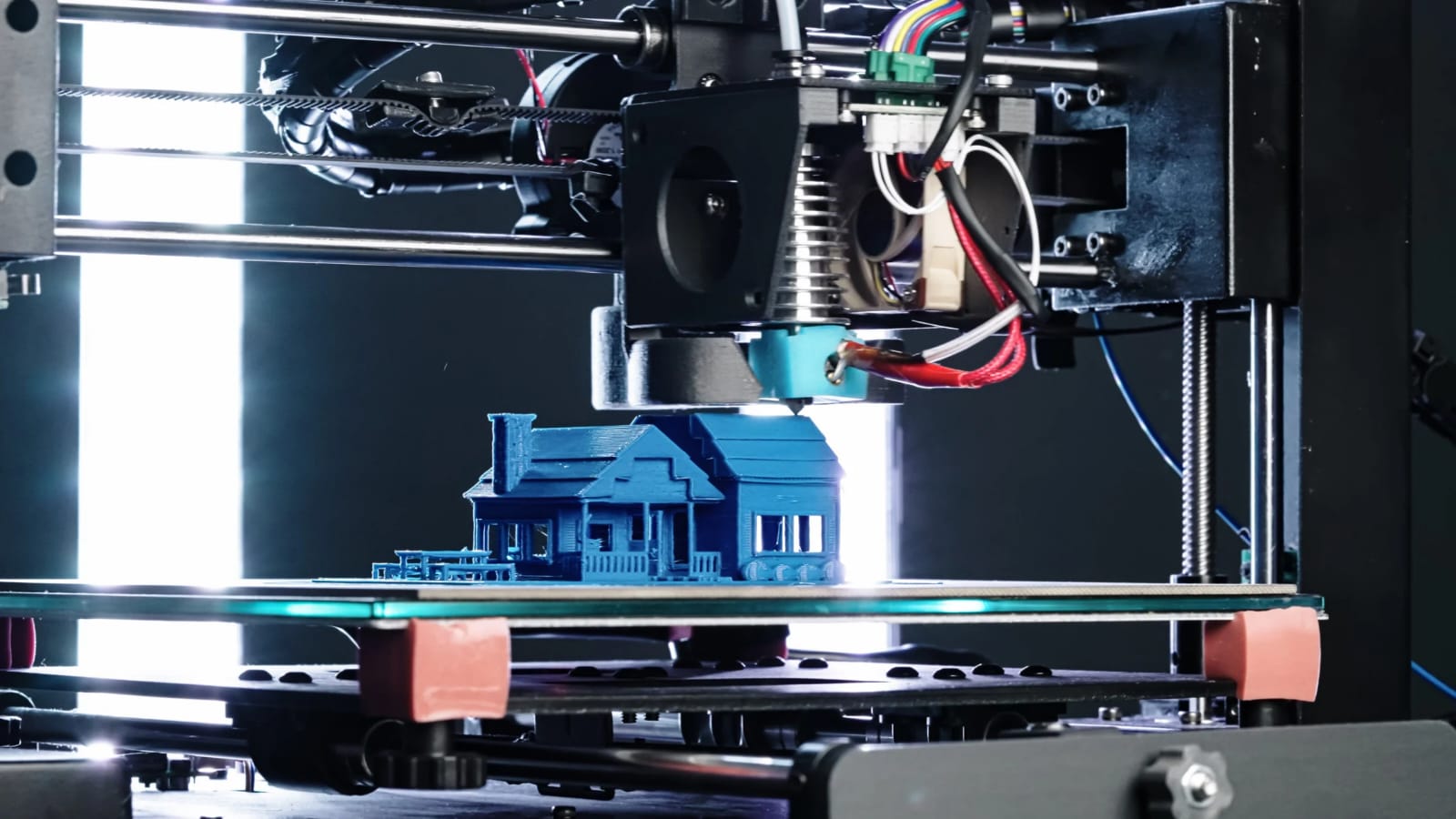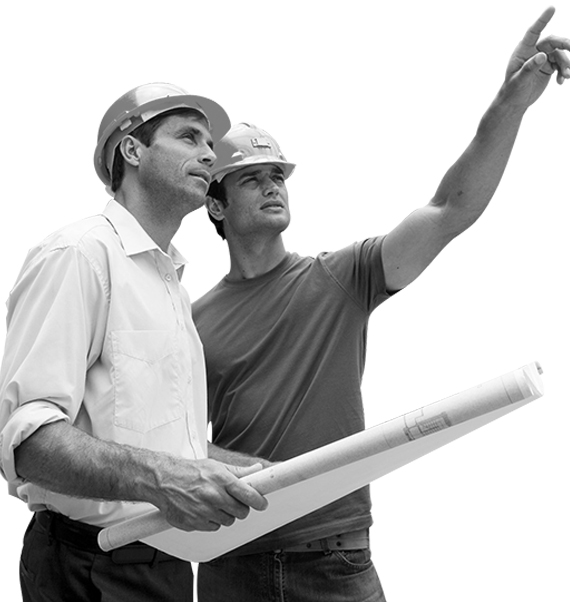
3D Printed Homes
3D printed homes are a relatively new and innovative construction technology that involves using 3D printers to create layers of material to form the structure of a building. This technology offers several potential benefits, such as faster construction times, reduced waste, and increased customization options.
How 3D Printed Homes Work:
The process of 3D printing a home typically involves the following steps:
- Design: Architects and engineers create a digital design of the home, specifying the desired dimensions, layout, and features.
- Material Preparation: The chosen building material, such as concrete or a specialized 3D printing material, is prepared and loaded into the 3D printer.
- Printing: The 3D printer extrudes the material layer by layer, gradually building up the walls, floors, and other structural components of the home.
- Finishing: Once the main structure is complete, additional finishing work, such as installing windows, doors, and plumbing, is carried out.
Advantages of 3D Printed Homes:
- Speed and Efficiency: 3D printing significantly reduces construction time compared to traditional methods, allowing for faster completion of projects.
- Reduced Waste: The precision of 3D printing minimizes material waste, leading to more sustainable construction practices.
- Design Flexibility: 3D printing enables the creation of complex and customized designs, offering greater architectural freedom.
- Cost-Effectiveness: In many cases, 3D printed homes can be more cost-effective than traditional construction due to reduced labor costs and material waste.
- Improved Energy Efficiency: 3D printed homes can often be more energy efficient due to the precise control over the building materials and their insulation properties.
3D printed homes have a lot of potential in the construction industry. They offer innovative solutions for housing needs and contribute to a more sustainable and efficient built environment. As technology continues to advance, we can expect to see more developments and wider adoption of 3D printed homes. This technology could completely change the way we build and live, providing new opportunities for customized, sustainable, and affordable housing.

Frequently Asked Questions?
The advantages of 3D-printed homes are:
- Faster construction times
- Reduced waste and material usage
- Increased customization options
- Potential cost savings
Common materials used in 3D printed homes include concrete, plastic, and specialized 3D printing materials.
Yes, 3D-printed homes can be structurally sound when designed and constructed properly.
The technology is still relatively new and may have limitations in terms of size, complexity, and availability.
The cost may vary based on factors such as materials, design complexity, and location. Nevertheless, 3D printing has the potential to lower costs in certain instances.



